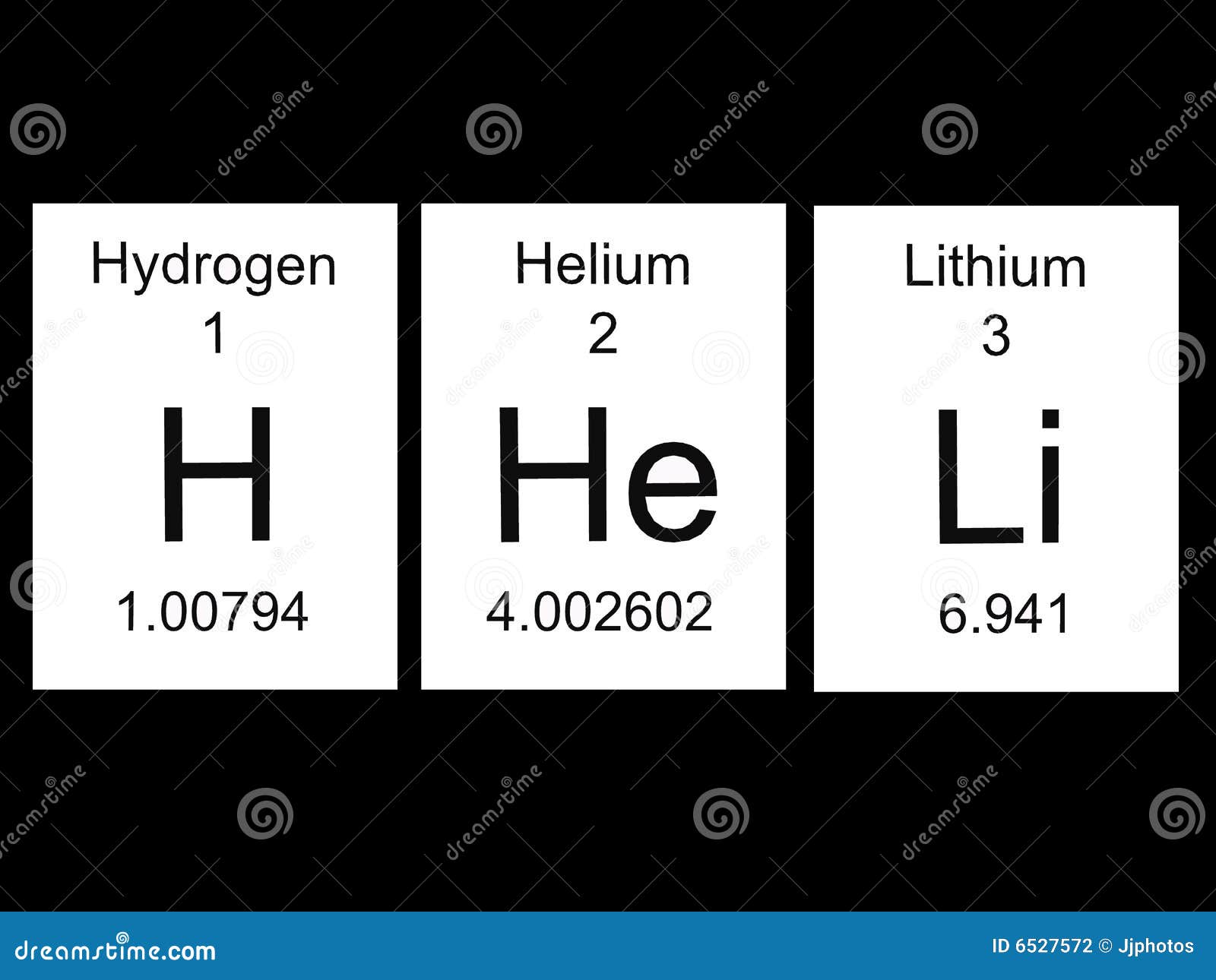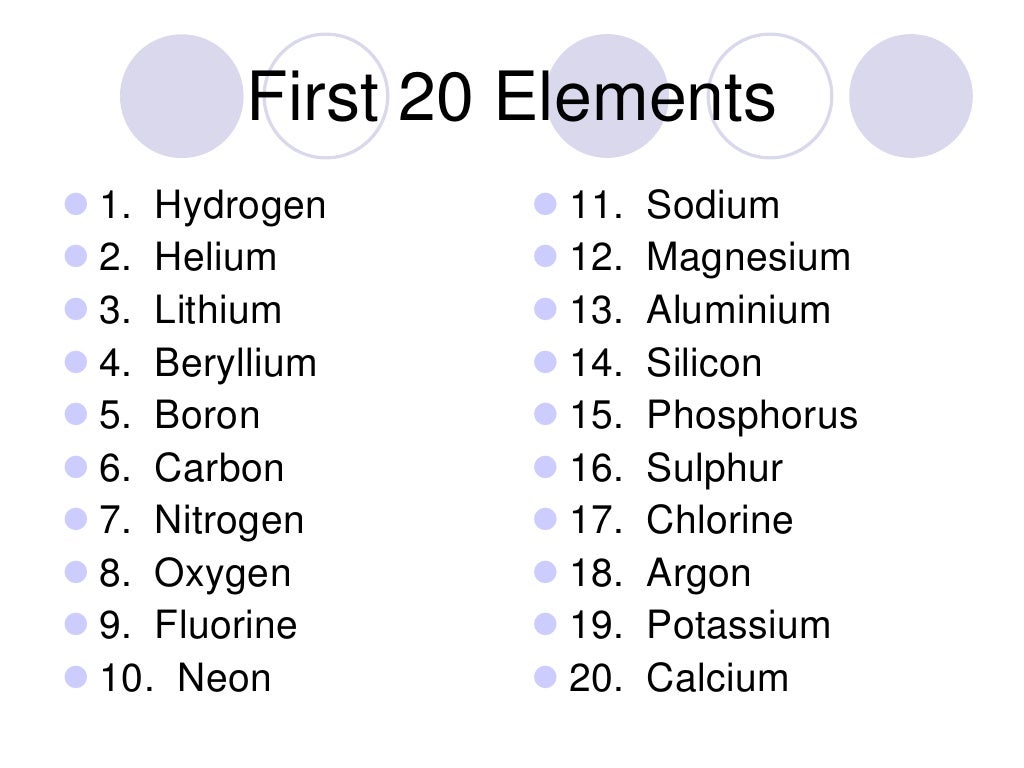The COMPLETE Periodic Table!The MUSCLE Song (Memorize Your Anatomy): out http://asapscience.c. Jul 16, 2011 Summary – Hydrogen vs Helium. Hydrogen and helium are the smallest elements and these are the first two elements in the periodic table. The key difference between hydrogen and helium is that hydrogen is a diatomic gas, while helium is a monatomic gas. Khilyuk, Leonid F., et al. “Surface Soil-Gas Surveys.”. Aug 25, 2017 Hydrogen and Helium are the first two elements that are found in the periodic table of elements. Therefore, they are the smallest and lightest atoms on earth. Both of them are gaseous substances. Due to the characteristic features of hydrogen and helium, there are many applications of these gases in industry.
- Argon Periodic Table
- Hydrogen Helium Lithium Periodic Table
- Helium Table Of Elements
- Hydrogen Periodic Table
- Periodic Table Of Elements Helium
- Hydrogen Is Before Helium On The Periodic Table Because
Hydrogen (H) and helium (He) are two elements with things in common beyond their initial h. They are both gas at room temperature and nonmetals. They are the elements with the lowest atomic number and the most abundant elements in the universe. However, they do have differences. Hydrogen can be combined with most elements of the periodic table, whereas helium is a noble gas and forms no compounds.


Argon Periodic Table
But one of their most fascinating shared trait is that they defy the systematic classification of the periodic table. In the periodic table, elements are ordered by increasing atomic number and each column is a group containing elements with similar chemical properties. They are similar because the most external electrons of the elements in the same group have the same configuration. Hydrogen and helium are peculiar because they don’t fit in the system.
Hydrogen Helium Lithium Periodic Table
Hydrogen is so different from any other element that the most ordered option is to place it at the top of group 1, the first column, because of its electronic configuration, in spite of not sharing the typical properties of said group. On the other hand, according to its electronic configuration, Helium should be placed at the top of group 2. Helium shares the properties of noble gases, though, justifying its placement in group 18, the last column, where noble gases are.
Helium Table Of Elements
Lithium is in the news. The 2019 Nobel Prize for chemistry was awarded to three scientists for transforming our lives and helping to save our climate.
We should all be able to recite like ABC the first three elements of the periodic table. Hydrogen has just one electron orbiting one proton. It is by far the most abundant element in the universe and was made in the Big Bang. The sun is about 75% hydrogen by weight, but every second it converts six hundred million tons of hydrogen into helium, the second element with two protons stuck together with two neutrons in its nucleus. About four million tons of that mass are converted into heat energy. Remember Einstein’s famous mass-energy conversion equation.

Helium, like hydrogen, is a gas at normal temperatures, light enough for party balloons and giving you a squeaky high voice if you inhale it. It was also made in the Big Bang, with more coming from that nuclear fusion reaction in stars. The solar energy we need to help reduce our use of fossil fuels is really nuclear fusion, from a steady reactor a safe 93 million miles away. But while the sun’s outpouring of energy is constant, at night Earth gets in the way. Storing some in the day to release at night helps. That’s where element number three – lithium – comes in.
The sun is a fusion reactor converting hydrogen, made in the Big Bang, to helium, the second element in the periodic table. Solar cells produce electricity, and the third element, lithium, is used in batteries that can store electricity and release it at night.
The sun is a fusion reactor converting hydrogen, made in the Big Bang, to helium, the second element in the periodic table. Solar cells produce electricity, and the third element, lithium, is used in batteries that can store electricity and release it at night. “Solar Panels” by Chandra Marsono is licensed under CC BY-NC-SA 2.0
Hydrogen Periodic Table
Lithium’s nucleus has three protons stuck together with three or (usually) four neutrons. It is a metal, but so light it floats on water and soft enough to cut with a knife. It is the third element made in the Big Bang. All others come from exploding stars or colliding neutron stars. Lithium has two electrons in a close orbit like helium, but the third is farther out and easily removed. That leaves behind a lithium ion, positively charged because it has only two electrons, and it is smaller than hydrogen.
Our three Nobel laureates invented ways of making batteries using lithium, with metal and later with compounds. When you apply an electric current to charge the battery, lithium ions move from the cathode to the anode where they embed themselves, storing energy. When you use the battery, the ions flow back; electrons flowing the other way through wires or electronics complete the circuit.
Periodic Table Of Elements Helium
The Nobel committee said: “Lithium-ion batteries are used globally to power the portable electronics that we use to communicate, work, study, listen to music and search for knowledge.” Thank you, science!

Hydrogen Is Before Helium On The Periodic Table Because
A version of this article originally appeared in Positively Naperville.
